
The Birth of Cable Television
What began seventy-five years ago as a local Community Antenna Television (CATV) service to improve the reception of over-the-air broadcast signals transformed into the endless stream of video, internet, and voice services we see today. CATV (informally known as cable television) was born in the mountains of Pennsylvania in the late 1940s. At the time, people who didn't live in a city where signals could easily be received could not watch television. John Walson, an appliance store owner in Schuylkill County, resolved this reception issue by putting an antenna on top of a nearby mountain. Walson improved the picture quality by using coaxial cable and self-manufactured "boosters" (amplifiers) to bring CATV to the homes of customers who bought television sets. It was there, at that moment, that cable television was born. Walson's endeavors quickly inspired others to do the same. Milton Jerrold Shapp developed a master antenna television system that also used coaxial cable and signal boosters. However, Shapp's rendition could carry multiple signals at once. Robert "Bob" Tarlton read about Shapp's new system and thought it could also work for his town of Lansford if it worked for apartment houses and department stores. Other system owners like Joseph Gans of Hazleton and Claude Reinhard of Palmerton soon began experimenting with microwaves to bring signals from distant cities. Martin Malarkey followed suit and started his own cable system in Pottsville in 1950. His system eventually became the largest at the time. Cable operators like George and Yolanda Barco, Joe and Irene Gans, George Gardner, Claude Reinhard, John Rigas, Bob Tarlton, and others worked to form two trade associations: National Cable & Telecommunications Association (NCTA) and Broadband Communications Association of Pennsylvania (BCAP). These associations still work to meet the growing demand for cable television in Pennsylvania and nationwide.
Pioneers of Cable
Barco
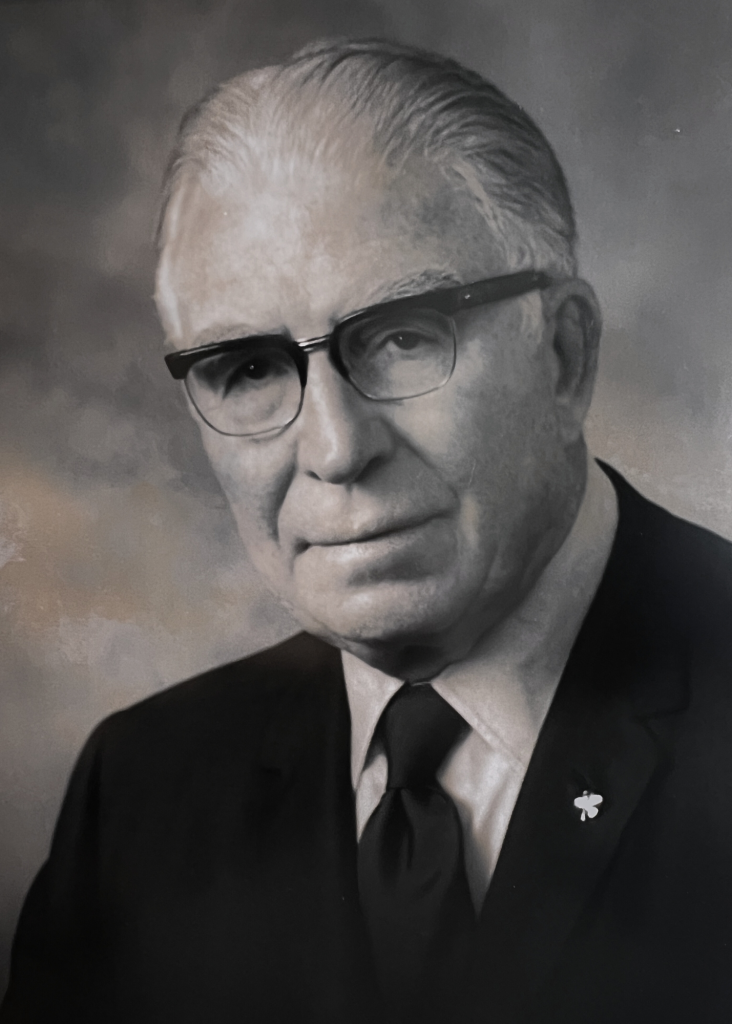
George J. Barco
George J. Barco, born in 1907 in Buffalo, New York, was regarded by many as a “dignified, thoughtful man.” Barco graduated with his law degree in 1934 and managed his Meadville legal firm until 1950. A strong advocate of education, Barco saw cable television as a way to bring educational programming to the general public. Barco formed a cable company called Meadville Master Antenna, Inc. in 1952. Barco helped to overturn the Internal Revenue Service (IRS)’s attempt to levy an excise tax on cable television and helped to secure a ruling in the U.S. Supreme Court that freed the cable industry from paying copyright fees for the television programs carried over its systems. Barco was instrumental in founding Pennarama, currently known as the Pennsylvania Cable Network, and co-founded the National Cable Center and Museum. George Barco came to be known in the cable industry as “Mr. Integrity.” After his death in 1989, George Barco was inducted into the Cable Hall of Fame in 1998.
Barco
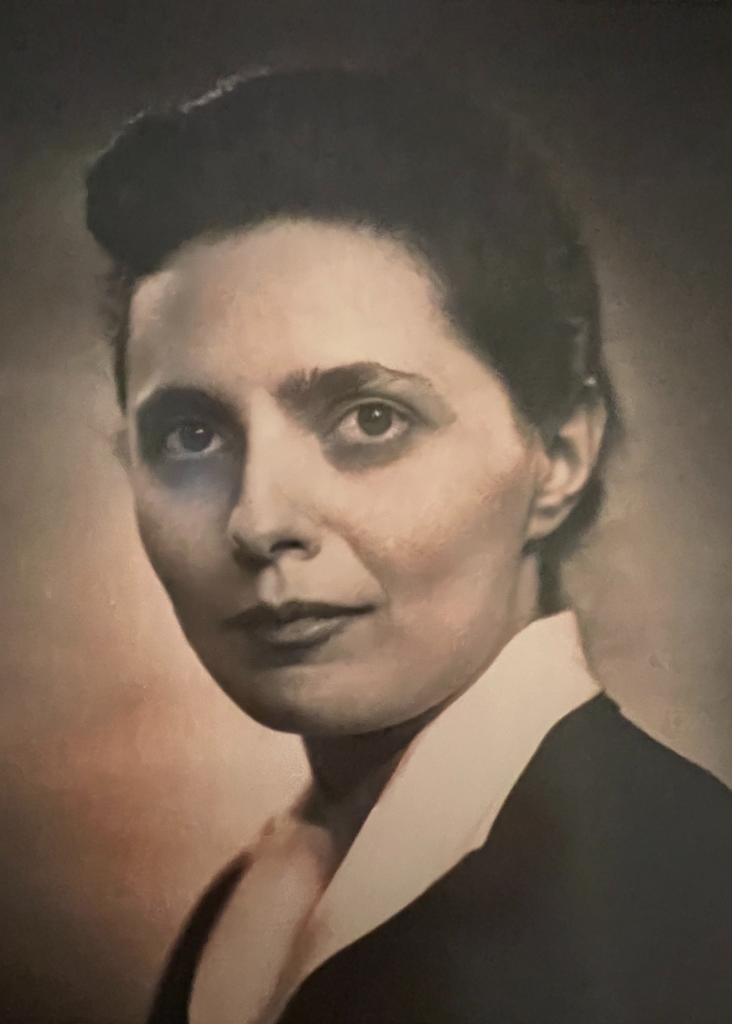
Yolanda G. Barco
Born in March 1926, Yolanda G. Barco was the daughter of George Barco. Yolanda Barco graduated from the University of Pittsburgh with a law degree in 1949 and quickly joined her father's company, Meadville Master Antenna, Inc. Throughout her career, Barco was an active servant in her industry and community. She was the first woman to serve as president of the PCTA and on the board of directors of the National Cable & Telecommunications Association. Yolanda Barco represented the cable industry as an advisor for an FCC committee that handled regulatory policy development. Barco used her law degree to serve her community. She helped open a legal services program for the underprivileged in Crawford County and served three terms as the Crawford County Bar Association President. She was also a member of the statewide Board of Law Examiners and served on the city council in Meadville. Yolanda Barco died in 2000, leaving behind a family legacy of service in her family's community and industry.
Brophy
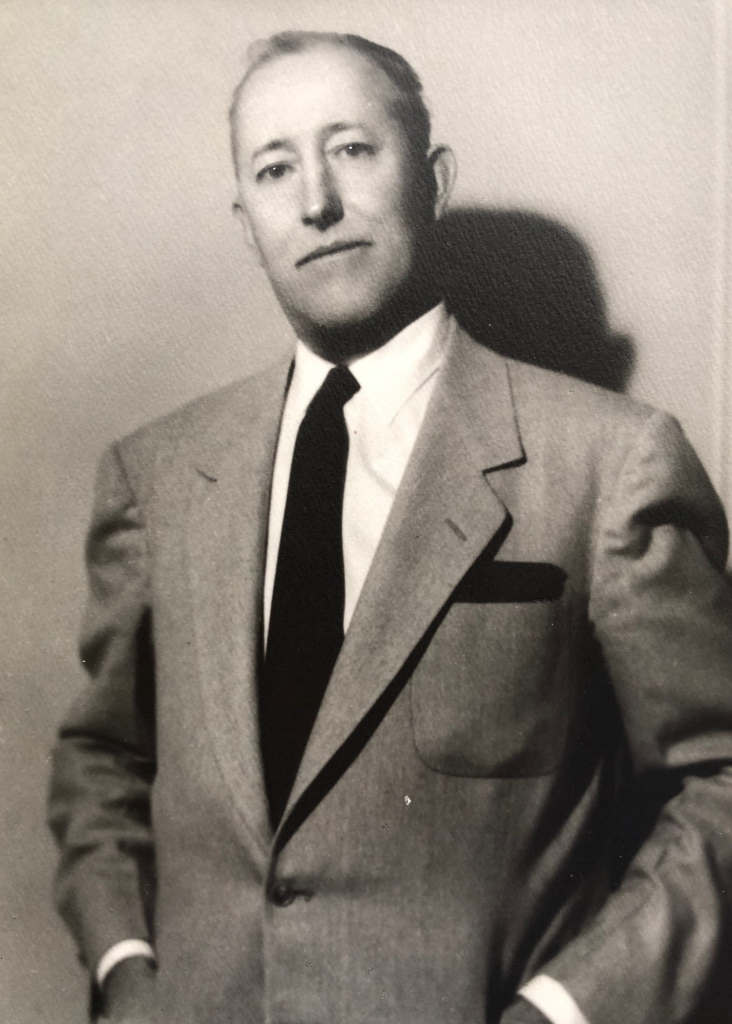
Frank Brophy
A native of Pennsylvania, Frank Brophy and his partner, Alex Kersewicz, set up a company in the Borough of Shenandoah called Shen-Heights Television Associates in June 1951. Brophy and Kersewicz built an antenna in a local cemetery in Shenandoah Heights and spent the next two years wiring the town.
During that time, Brophy helped to organize the National Community Television Association. In 1953, Alex Kersewicz died and was replaced by Mr. and Mrs. George Uritis. Brophy continued to make improvements and additions to the system until his death in 1965 at 57. His son Martin Brophy took over when his father died. Today the company is a 65-channel digital cable system and offers high-speed internet services.
Duratz
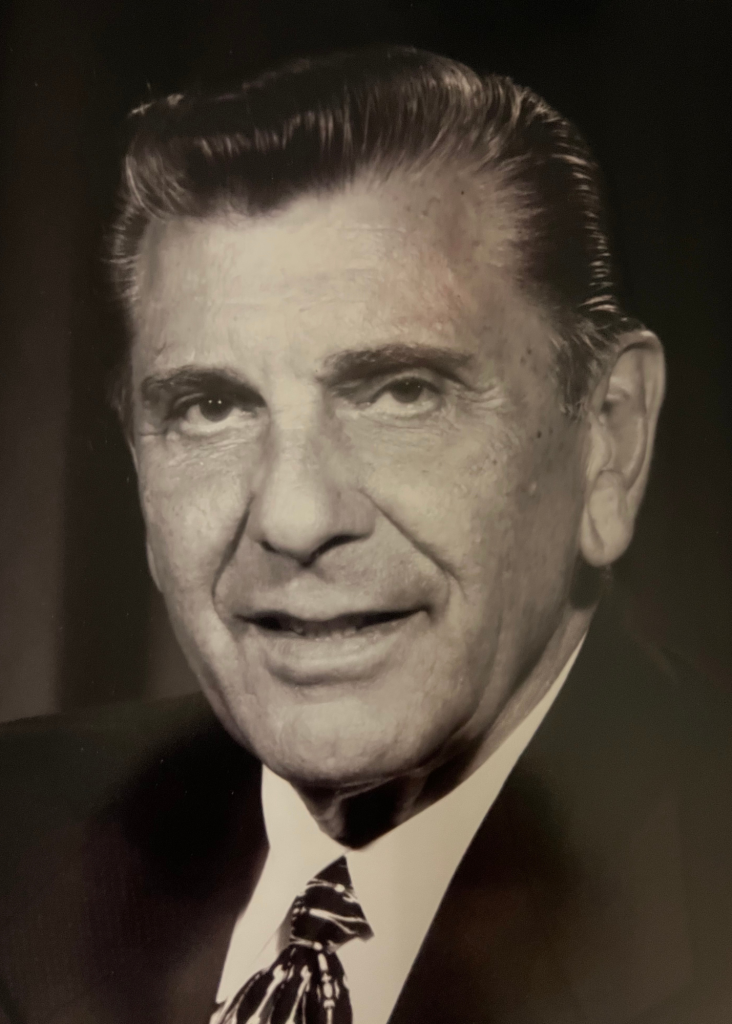
James "Jim" Duratz
Born in May 1926, James "Jim" Duratz began his career as a state police officer in Meadville, Pennsylvania. Duratz met the Barco family while working at a police barracks next to the family home, later working for Meadville Master Antenna, Inc. while studying economics at Allegheny College. After graduation, Jim married George Barco's daughter, Helene, and moved to Pittsburgh, PA. The couple returned a few years later to help with the family business. Jim eventually built his own cable system with Wesley Kuebel in California, PA, and later purchased a system in Titusville, PA, with Yolanda Barco. After Yolanda died in 2000, Jim Duratz stepped in to oversee the Barco-Duratz Foundation to continue the family's legacy of community service.
Gans
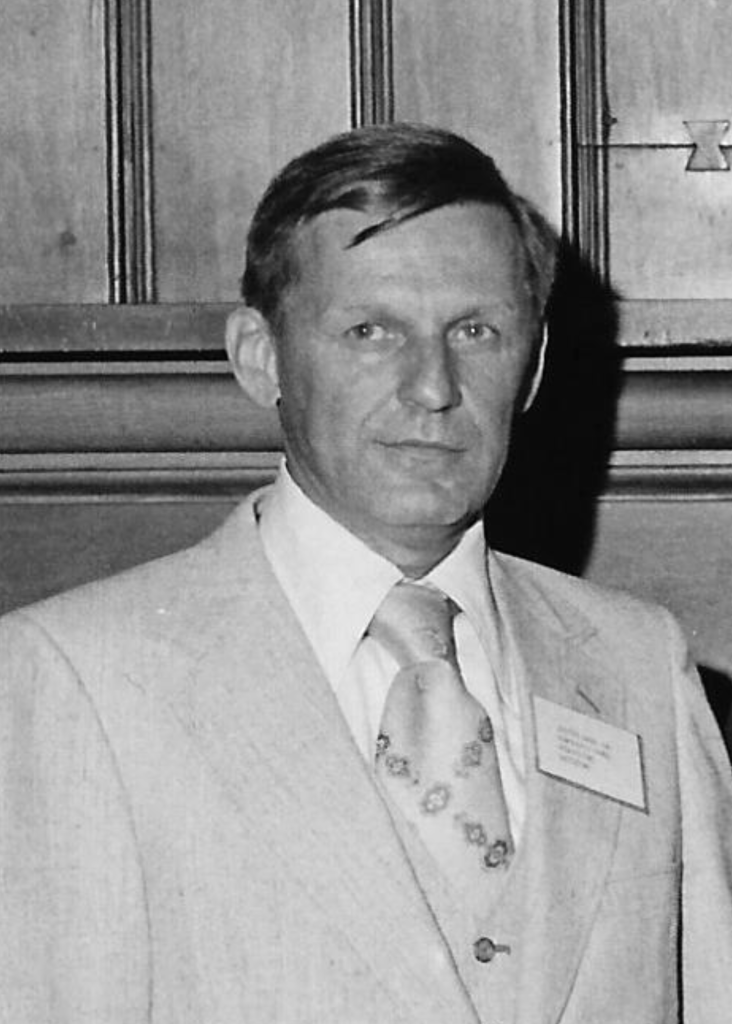
Joseph "Joe" Gans
Born in Hazleton, PA, in 1926, Joseph “Joe” Gans had an early fascination with radios that quickly led him to the cable industry. Along with John Walson, Gans is credited with developing one of the earliest known cable systems, eventually building and owning systems in more than 50 communities nationwide. Joe Gans was also instrumental in starting what was known as Pennarama, a cable channel dedicated to carrying educational material, along with George and Yolanda Barco. Its formal name was the Pennsylvania Educational Communications System (PECS), now known as the Pennsylvania Cable Network (PCN). The formation of PCN is a significant part of the Gans legacy.
Gardner
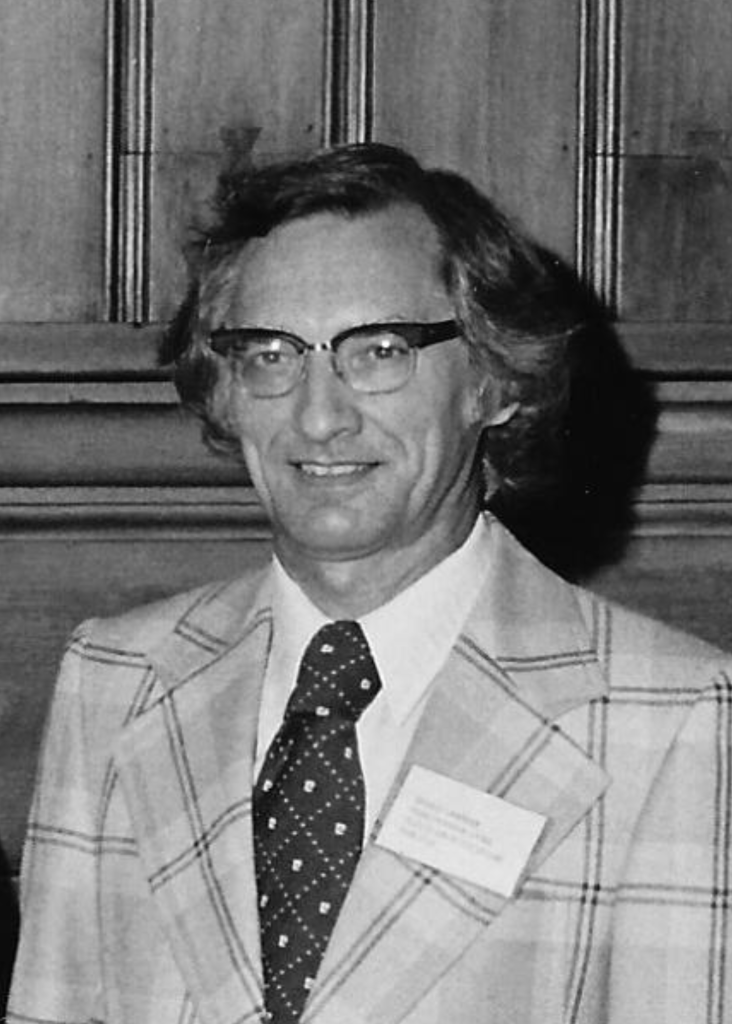
George F. Gardner, III
Born in June 1924, George F. Gardner, III, grew up in Hollidaysburg, Pennsylvania, and studied electrical engineering at Penn State University. In 1951, Gardner started a one-channel cable television system he called Pennwire Television Company, becoming one of the first 20 cable operators in the nation. Gardner founded Television & Electronics Service Corporation, the industry's first equipment distribution company. By mid-1963, the company had engineered 29 cable television systems, helped construct 15 systems, and provided consulting services to another 28 systems. But Gardner didn't stop there. In 1962, Gardner purchased a franchise in Waynesboro, bought a system in Carlisle in 1963, and formed the West Shore TV Cable Company in 1965, Fayette TV Cable Company in 1966, and Suburban TV Cable Company in 1967. George Gardner eventually left the cable industry in 1999 to continue his career as a hotel entrepreneur.
Malarkey
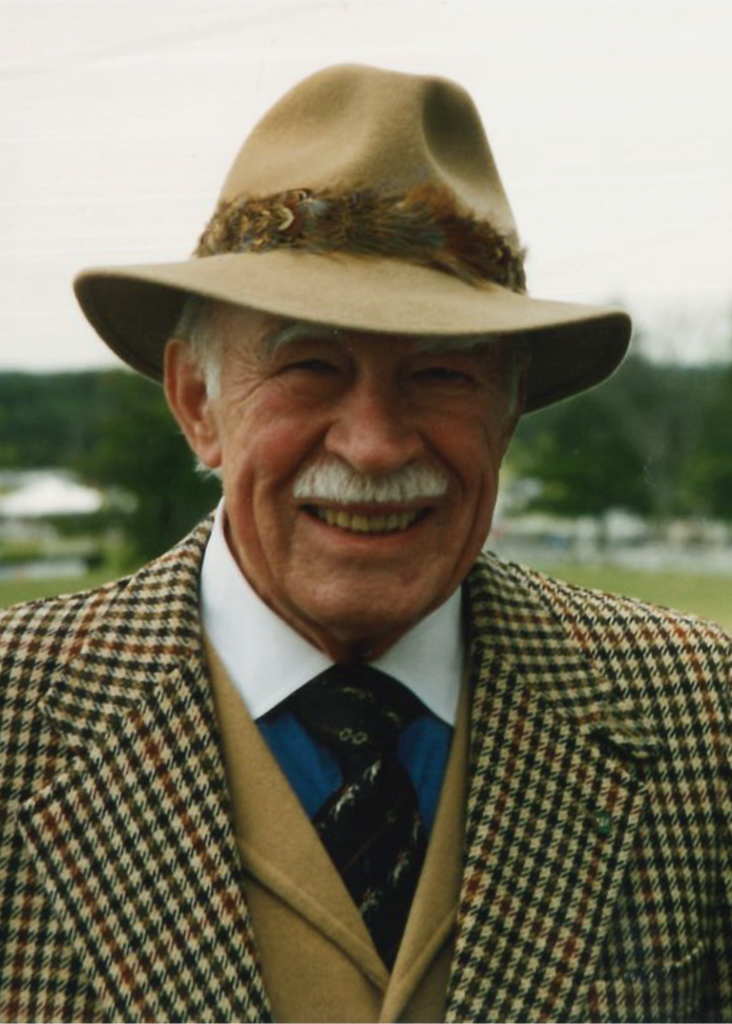
Martin F. Malarkey, Jr.
Martin F. Malarkey, Jr. was born in 1918 in Pottsville, PA, where he developed and operated the largest cable system in 1950. Martin Malarkey was the founder and first president of the National Cable Television Association (NCTA), a position he was reelected for four times. In 1960, Malarkey sold 4 of his 7 cable systems and became one of the industry's first consultants to newcomers to the cable business. After his death in 1997, Malarkey was part of the first group of inductees into the Cable Center's Hall of Fame.
Reinhard
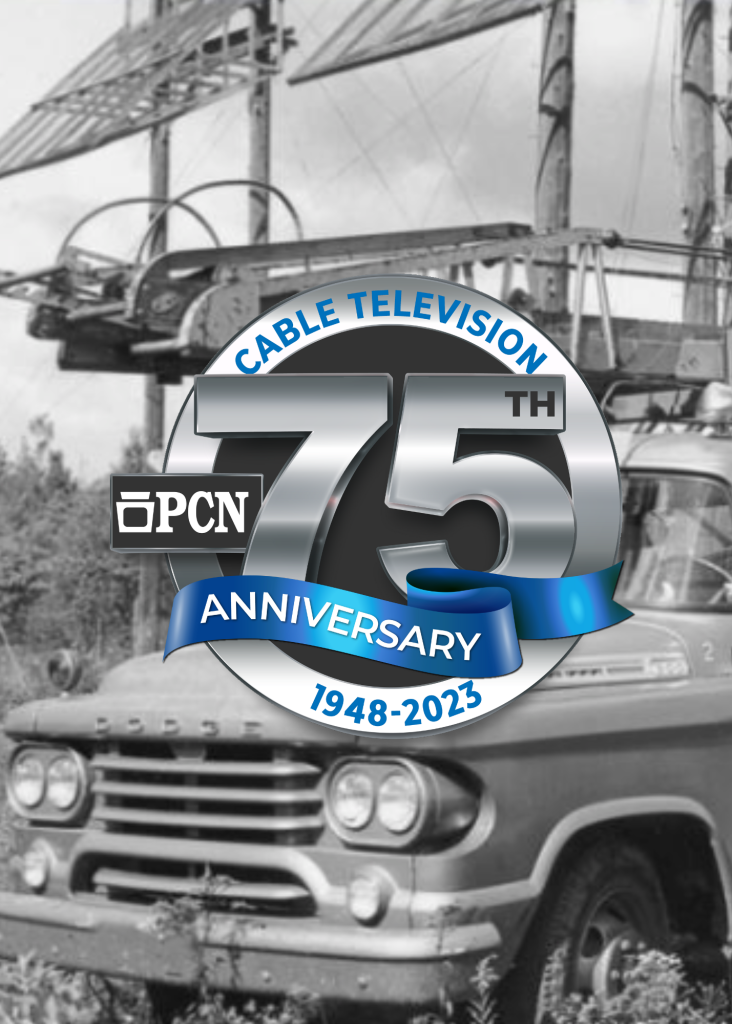
Claude Reinhard
Claude Reinhard was born in Pennsylvania in 1906. Reinhard started his career as a chemist for a local plant. His interest in television grew in 1950 after attending a meeting of potential investors and television dealers at the Palmerton American Legion. That same year, Reinhard founded the Palmerton Television Signal Corporation. His company eventually became Blue Ridge Cable Television, one of the top 25 cable television and telecommunications companies in the United States and one of the first to provide live coverage of local sports. Claude Reinhard also helped to organize the National Cable & Telecommunications Association (NCTA) and served on the board as the organization's secretary. After his death in 1975, Reinhard's family took over the company, which still provides services today.
Rigas
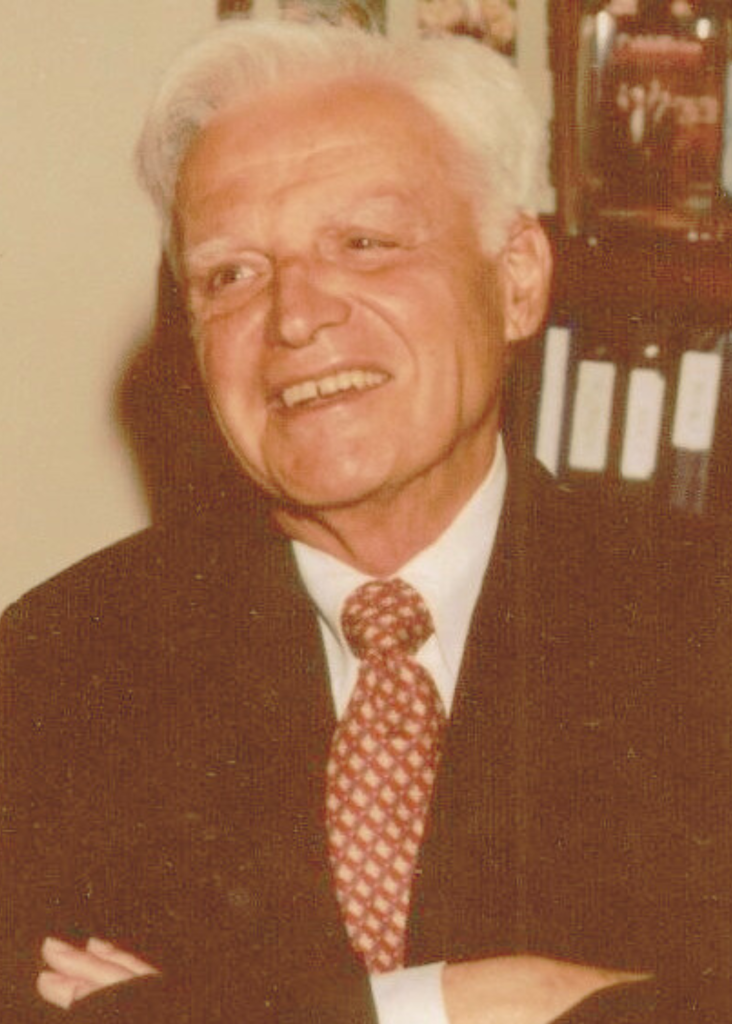
John J. Rigas
John J. Rigas was born in November 1924 in Wellsville, New York, but found his way to Pennsylvania in the 1950s. Rigas built one of the first cable systems in 1952 and later became President & CEO of Adelphia Communications, a multi-billion dollar corporation serving five million cable subscribers.
Roberts
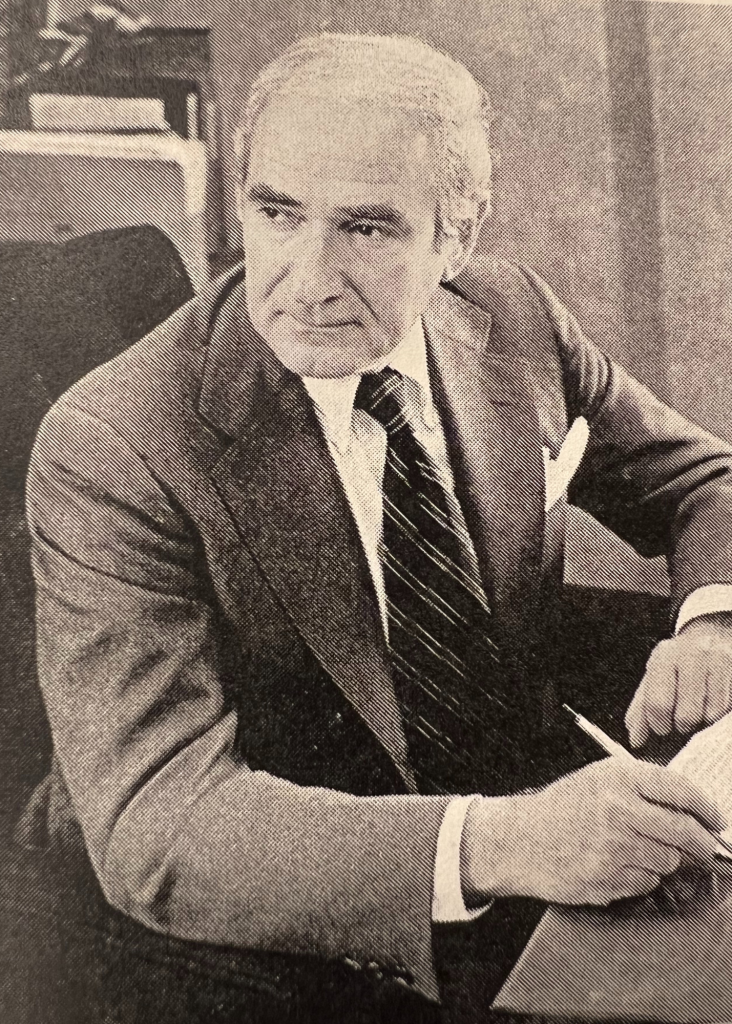
Ralph J. Roberts
Born in 1920 in New York, Ralph J. Roberts graduated from the University of Pennsylvania’s Wharton School of Business. In 1963 Roberts and his partners, Dan Aaron and Julian Brodsky, purchased a cable system in Tupelo, Mississippi forming American Cable Systems. They bought systems in Mississippi and Florida a few years later, eventually expanding into Pennsylvania in 1971. In 1972, American Cable Systems rebranded to Comcast and went public. Comcast acquired AT&T Broadband in 2002, making the company one of the top 100 corporations in the country and the largest cable company in the United States, with 21.4 million subscribers, 68,000 employees, and annual revenues of more than $18 billion.
Sedwick
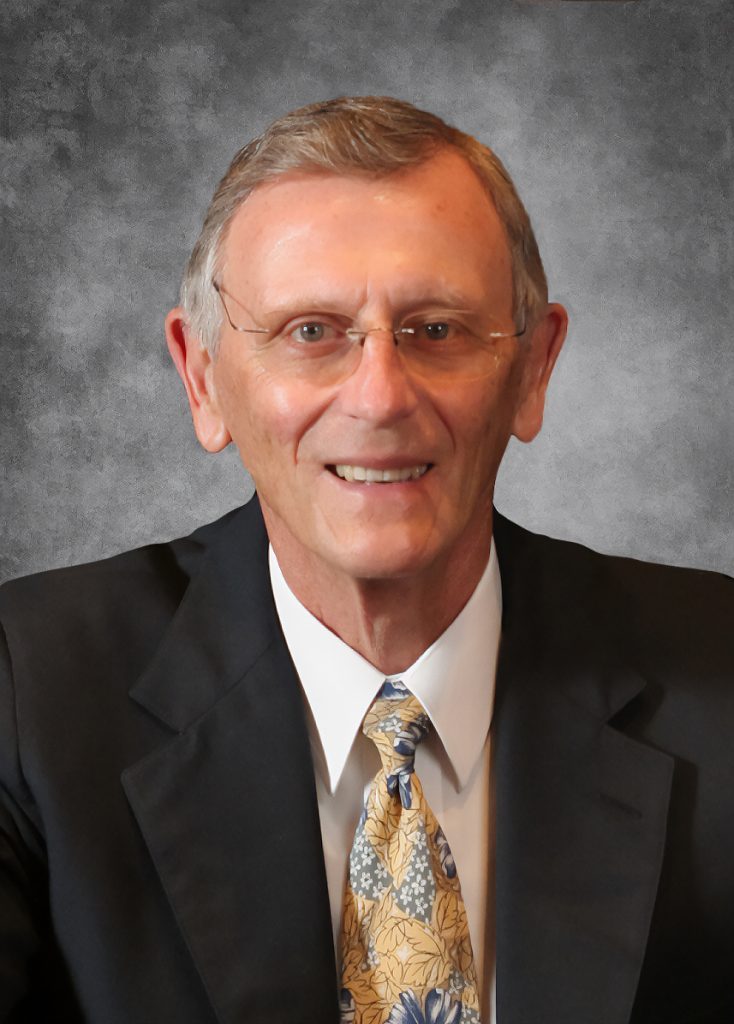
Jay Sedwick
Jay Sedwick began his professional career as an Electrical Engineer after graduating from Carnegie Mellon University in 1957. He worked at Pratt & Whitney’s Research and Development Center in Florida and helped develop technology used in the early days of the space program until 1960. He returned to Western Pennsylvania, where he joined his father and his business to enter the nascent Cable TV industry. Sedwick founded and built Armstrong Group’s first cable television system, the first Aluminum Sheath Multitap Cable System in the United States, in Butler, Pennsylvania. Sedwick led Armstrong through several rebuilds, including the introduction of fiber optics in the 1990s, and helped create the Broadband Communications Association of Pennsylvania (BCAP). Armstrong was expanded under Sedwick’s leadership to Ohio, Kentucky, West Virginia, and Maryland until Jay Sedwick passed away on January 1, 2024.
Shapp
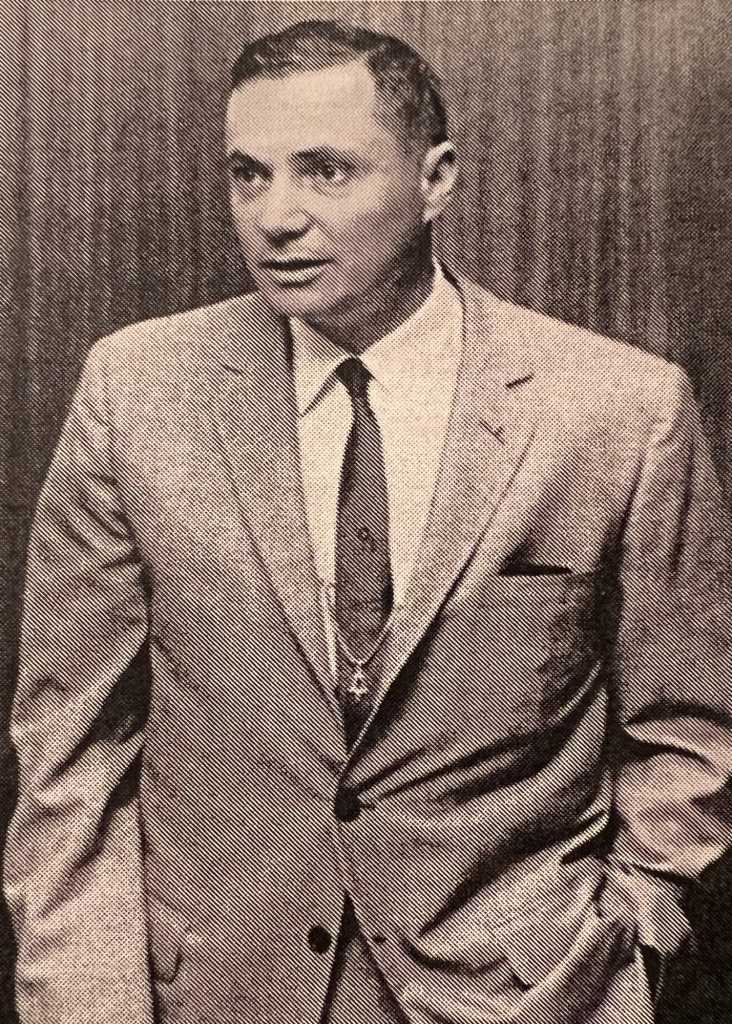
Milton J Shapp
Milton J Shapp was born in 1912 in Cleveland, Ohio. In 1948, Shapp started Jerrold Electronics to manufacture at-home TV set boosters but transitioned to cable television systems. Jerrold Electronics continued to grow. In 1952, he developed a cable system in Williamsport, PA, which was the largest in the country at the time. Shapp lost control of the company after losing the general election for Pennsylvania governor in 1966. He ran again in 1970, serving two terms. Milton Shapp died in 1994 in Philadelphia, PA.
Tarlton
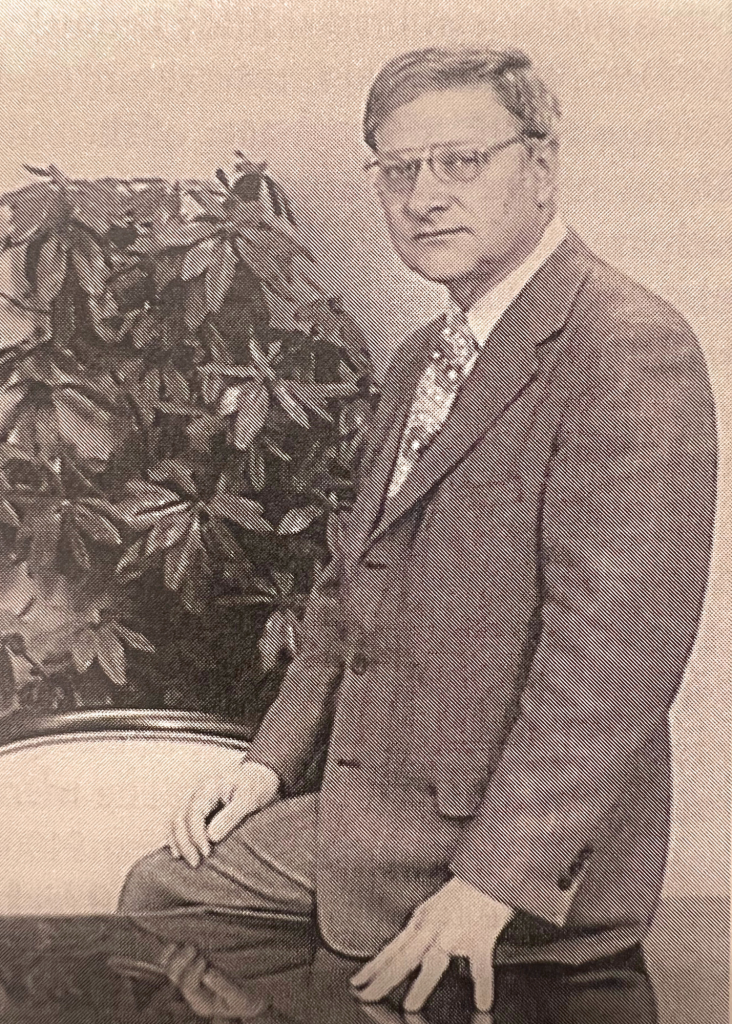
Robert "Bob" Tarlton
Robert “Bob” Tarlton, born in July 1915 in Lansford, PA, was the first to develop a commercial cable system and bring cable television to an entire town. Tarlton worked with Milton Shapp for six years to build and operate over 30 systems for Jerrold Electronics. He was also one of the first to advocate for a national cable association and would eventually help to organize the Pennsylvania Cable Television Association. Bob Tarlton was among the original twenty individuals given the Cable TV Pioneers Award by the NCTA in 1965 and was inducted into the Cable Television Hall of Fame in 2003.
Walson
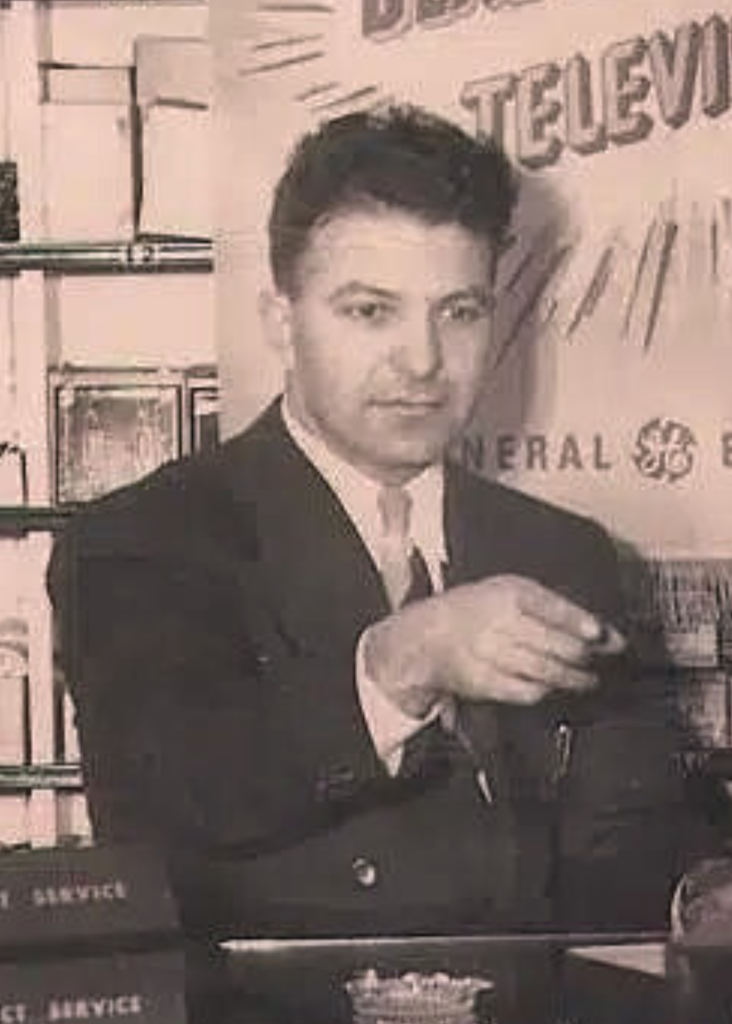
John Walson, Sr.
John Walson, Sr. was born in 1915. An appliance store owner in Mahanoy City, PA, John Walson wanted to receive signals from Philadelphia television stations on the other side of the mountains of Schuylkill County. So in 1948, Walson built an antenna on top of the mountain and ran a 300-ohm twin-lead Army surplus cable to his warehouse, creating what is credited as the first cable system in the United States. Walson also utilized microwave-transmitted signals, which paved the way for satellite transmission and the current cable channels. John Walson founded Service Electric Cable TV, Inc., based out of Bethlehem, PA, and helped to create C-SPAN. After his death in 1993, John Walson was inducted into the Broadcasting & Cable Hall of Fame.